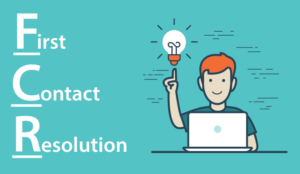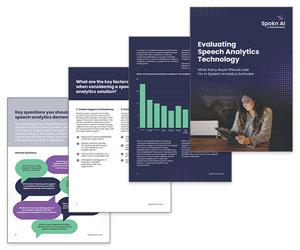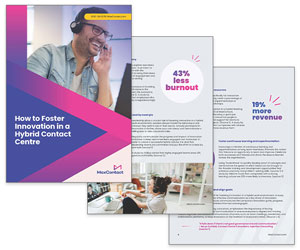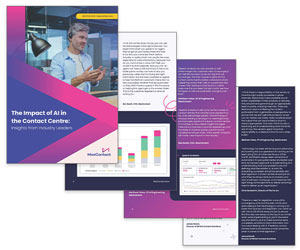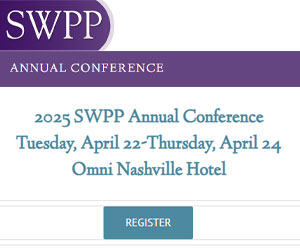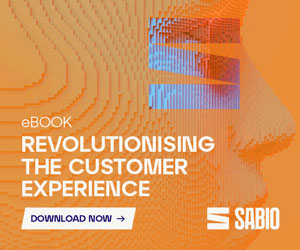Delivering exceptional customer service is key to fostering customer loyalty and driving business growth.
A recent MaxContact survey of 449 UK customer care and technical support professionals provides invaluable benchmarking data to help you assess your team’s performance and identify areas for improvement.
In this blog, we’ll explore the key metrics and share actionable strategies to enhance your customer support operations.
Call Abandonment Rate
The survey revealed that the mean call abandonment rate in the industry is 4.41%, with 53% of teams experiencing an abandonment rate between 2-5%.
Reducing your call abandonment rate is crucial for ensuring customer satisfaction and minimising lost opportunities.
To tackle high abandonment rates, start by analysing your call volume patterns and staffing levels. Ensure that you have sufficient agents available during peak hours to minimise wait times.
Consider implementing a call-back option, allowing customers to opt for a return call instead of waiting on hold.
Regularly review your IVR (Interactive Voice Response) system to ensure that it is user-friendly and efficiently routes callers to the appropriate agents.
Offer self-service options, such as a comprehensive knowledge base or chatbot, to enable customers to find answers quickly without needing to contact an agent.
Average Handle Time
The survey found that the mean average handle time is 7.82 minutes, with 44% of teams managing calls within 6-9 minutes.
While it’s important to strive for efficiency, it’s equally crucial to ensure that quality is not compromised in the pursuit of shorter handle times.
To optimise your average handle time, invest in comprehensive agent training that covers product knowledge, troubleshooting techniques, and effective communication skills.
Provide agents with access to a robust knowledge management system that offers quick and accurate answers to common customer queries.
Implement call monitoring and quality assurance processes to identify areas where agents may need additional support or training.
Encourage agents to take ownership of customer issues and empower them to make decisions that prioritise customer satisfaction over strict adherence to handle time targets.
Speed of Answer
The survey revealed that the mean speed of answer is 17.11 seconds, with 25% of teams answering calls within 6-10 seconds. A prompt response is essential for creating a positive first impression and reducing customer frustration.
To improve your speed of answer, ensure that you have adequate staffing levels to handle incoming call volume.
Implement skill-based routing to direct calls to the most appropriate agents based on their expertise and availability.
Consider offering alternative support channels, such as live chat or social media, to distribute the workload and provide customers with more options to reach out for assistance.
Regularly monitor and adjust your staffing levels based on historical call volume data and forecasted demand.
First Call Resolution (FCR)
The survey found that 45% of teams achieve an FCR rate between 20-49%, with the mean FCR rate being 41%. Resolving customer issues on the first call is a critical driver of customer satisfaction and operational efficiency.
To boost your FCR rate, focus on equipping your agents with the knowledge and tools they need to handle a wide range of customer inquiries effectively.
Implement a comprehensive training program that covers product features, common issues, and troubleshooting techniques.
Encourage a culture of ownership and empowerment among your agents, allowing them to take the necessary steps to resolve customer issues without unnecessary transfers or escalations.
Regularly analyse your FCR performance by issue type and agent to identify areas for targeted coaching and process improvements.
Data-Driven Decisions in Your Contact Centre
By leveraging these industry benchmarks and implementing proven strategies, customer service contact centre leaders can drive significant enhancements in their team’s performance.
Use these insights to set ambitious yet realistic goals, prioritise improvement initiatives, and make data-driven decisions to optimise your customer support operations.
Remember, delivering exceptional customer service is an ongoing journey that requires continuous monitoring, learning, and adaptation.
By staying attuned to industry best practices, emerging technologies, and evolving customer expectations, you can position your team for long-term success in creating memorable and satisfying customer experiences.
This blog post has been re-published by kind permission of MaxContact – View the Original Article
For more information about MaxContact - visit the MaxContact Website
Call Centre Helper is not responsible for the content of these guest blog posts. The opinions expressed in this article are those of the author, and do not necessarily reflect those of Call Centre Helper.
Author: MaxContact
Published On: 7th Jun 2024 - Last modified: 23rd Oct 2024
Read more about - Guest Blogs, MaxContact






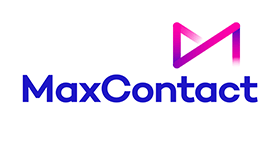 MaxContact is customer engagement software that goes above and beyond to build smarter customer experiences. Our platform is packed with powerful features, accessible for businesses large and small, and ensures organisations can operate compliantly.
MaxContact is customer engagement software that goes above and beyond to build smarter customer experiences. Our platform is packed with powerful features, accessible for businesses large and small, and ensures organisations can operate compliantly. 

